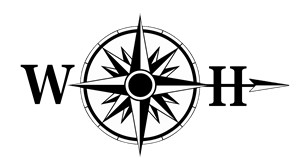Utila – History
The original inhabitants of the Bay Islands, from probably 600 AD, were the Paya or Pech, most likely from South America.
The first contact between the Europeans and the Bay Island Paya took place in 1502 when Christopher Columbus encountered Paya on his last voyage to the Americas. The first record of a Spanish right to settle in the Bay Islands is recorded in 1530, and after a while the Bay Islands became part of the economic fabric of the Spanish empire.
However, due to it’s strategic position, the Bay Islands increasingly became a good place for pirates interested in raiding the Spanish trade routes to operate from. In the 1640’s the Spanish set about a deliberate policy of trying to depopulate the islands to rob the pirates of a base from which they could be provisioned.
This process of depopulation was completed by 1650 and the Bay Islands were abandoned to nature. The wildlife thrived and the islands became the home to adventures, pirates, shipwrecks and English settlers until the Spanish reastablished a settlement in Roatan in 1797.
The Bay Islands then became a source of conflict between the British and Spanish for some time.
In the end the Britain claimed the Bay Islands, but in 1859 the British were forced to recognise Honduran sovereignty over the area. It is recorded, however, that many islanders still continued to think of themselves as subjects of the British Empire for a long time after this date.
Many of the present day residents of Utila are decended form many families that settled on the island in 1836 having travelled from the Cayman Islands via a short stay in Belize. This explains why English is still the primary language.
